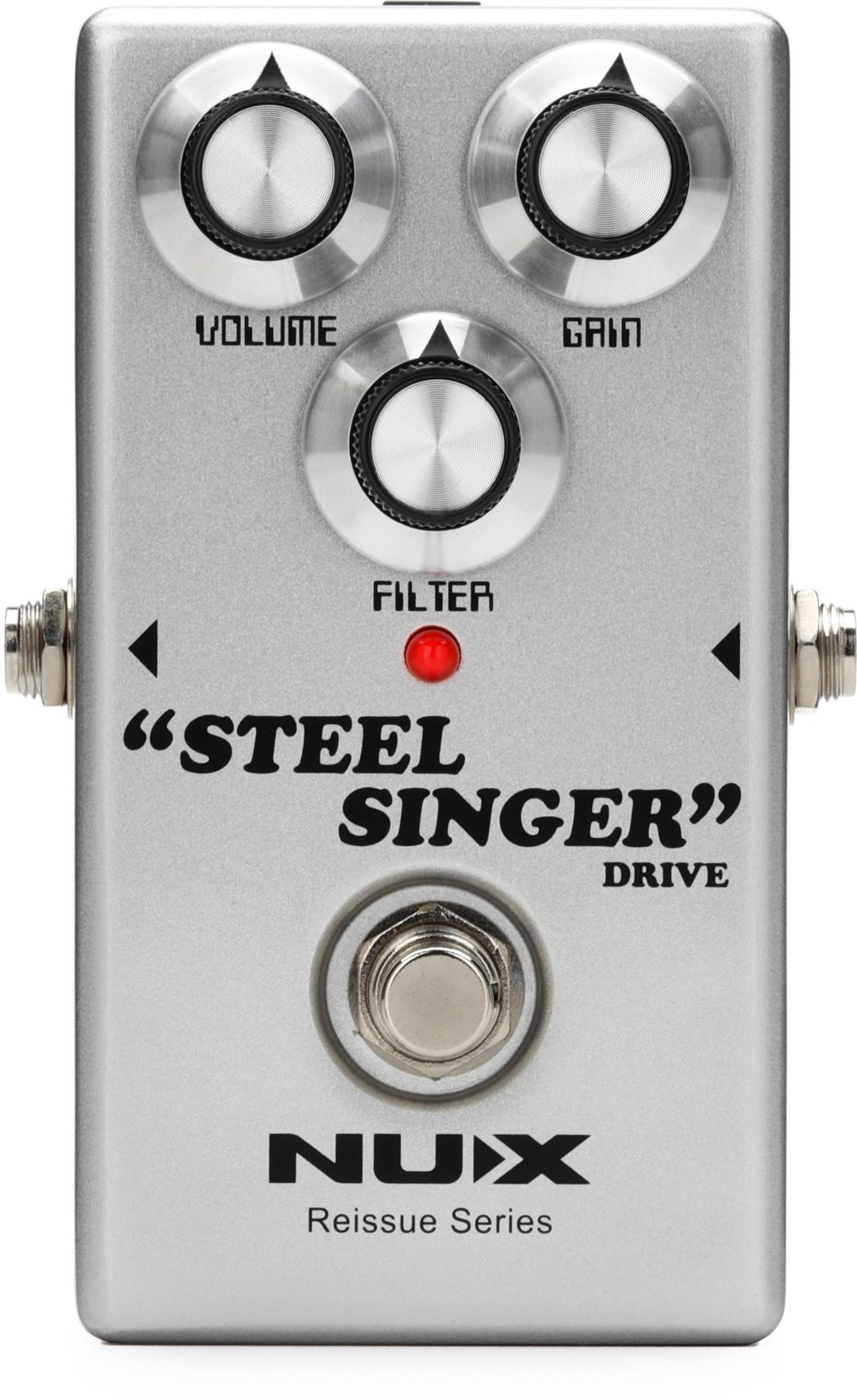Chops: Intermediate
Theory: Beginner
Lesson Overview:
• Learn the difference between girth and color in voicings.
• Develop voicings using only the most essential notes.
• Understand the secrets behind the “T-Bone Walker” chord.
Click here to download a printable PDF of this lesson's notation.
This month we’re going to look at some new voicings for dominant 9th chords and take a look at trying some new tricks with these newfound voicings. Adding the 9th to a chord gives it a new sound and creates some interesting tensions that will liven up your vanilla 7th-style voicings.
Ok. First things first, let’s figure out how to find the 9th of a chord. As far as different tensions go, this one is pretty easy. All you need to do is find the 2nd degree of the scale (whole step above the root) and raise it an octave. When we build chords we usually build them in thirds (R–3–5–7) and as we climb even higher we come to the 9th then the 11th and finally the 13th. In the key of C, a Cmaj9 chord would be C–E–G–B–D. If we wanted to change it to a minor or dominant chord, we would alter the 3rd and 7th as needed. If we want to use all the available tensions in a maj13th chord it would be C–E–G–B–D–F–A. Whew, that’s a lot.
This is cool knowing that we could make a chord using nearly all of the notes of the scale. However, we only have the ability to play six notes at a time on the guitar. The other thing we need to keep in mind is that we want these chords to sound good. If we play all the notes together we run the risk of the chords sounding muddy. One of the first notes we should give up is the 5th of the chord since the whole point for adding upper tensions to a chord is to give it color and all the 5th does is add girth. We will give up girth for color any day. Power chords are all girth and no color. We don’t always want dark and heavy. Sometimes we want bright and colorful and a bit of a snap to the chords for funk, R&B, uptown, or jump blues.
It’s important to also know that we need to have the 3rd of the chord and—in the case of dominant 7th chords—the flatted 7th. The bass player usually covers the root so we can rid of that too. In the world of dominant chords in funk and blues the 11th doesn’t quite fit. The sound is a little too spacey, although minor 11th chords sound great in a minor blues. So if we make sure we have the 3rd and flat 7th then we can add the root, 9th, and 13th as we wish, either together or in different combinations.
In Fig. 1 you can see how we take a C7 chord in first position and move the root—on the 2nd string—up a whole step to D creating a C9 chord. You hear this chord constantly in everything from James Brown to B.B. King. In Fig. 2 we take this shape and move it up and down the neck over a blues in G.


We really trim things down in Fig. 3. Sometimes known as the “T-Bone Walker” chord, this voicing uses only the most essential tones. Starting with the 3rd in the bass, we create a voicing for G9 that can function as the I, IV, or V chords in a major blues. This is another cool sound we’ve heard for years, a typical blues ending using this voicing. In Fig. 4 we try out this shape over a funk groove.


Fig. 5 is a very cool the ninth chord shape that I use quite a bit. This is a very high voicing that is great for a funky blues or uptown sound. This voicing that uses the top four strings with the root is on the first string.
I hope you’ll spend some time adding these new voicings to your playing. The sound and color of these 9th chord voicings are worth the effort it takes to get them down. Next month I’ll continue with a few more 9th chord voicings and tricks.

 Dennis McCumber has been a guitar instructor and performer
for more than 20 years. He holds a Bachelor’s degree in music
education from The College of Saint Rose.
Dennis performs
regularly in the New York City area with various rock, blues, and funk bands, and occasionally as a classical soloist.
In addition to performing, Dennis has been a middle school
music teacher in the Bronx for the past 12 years. While
teaching in the Bronx, he was given a guitar lab by VH1
Save the Music and a keyboard lab from the radio station
Hot97 Hip Hop Symphony. Dennis has been an instructor at
the National Guitar Workshop since 1996, where he teaches
Blues, Funk, and Rock. Find out more at dennismccumber.com.
Dennis McCumber has been a guitar instructor and performer
for more than 20 years. He holds a Bachelor’s degree in music
education from The College of Saint Rose.
Dennis performs
regularly in the New York City area with various rock, blues, and funk bands, and occasionally as a classical soloist.
In addition to performing, Dennis has been a middle school
music teacher in the Bronx for the past 12 years. While
teaching in the Bronx, he was given a guitar lab by VH1
Save the Music and a keyboard lab from the radio station
Hot97 Hip Hop Symphony. Dennis has been an instructor at
the National Guitar Workshop since 1996, where he teaches
Blues, Funk, and Rock. Find out more at dennismccumber.com.






















